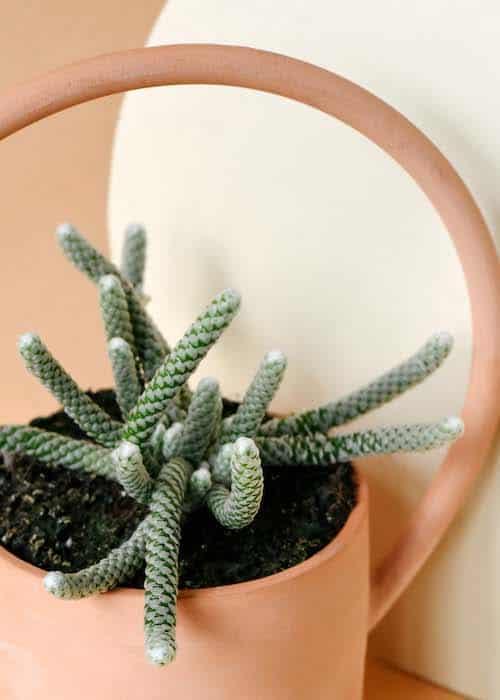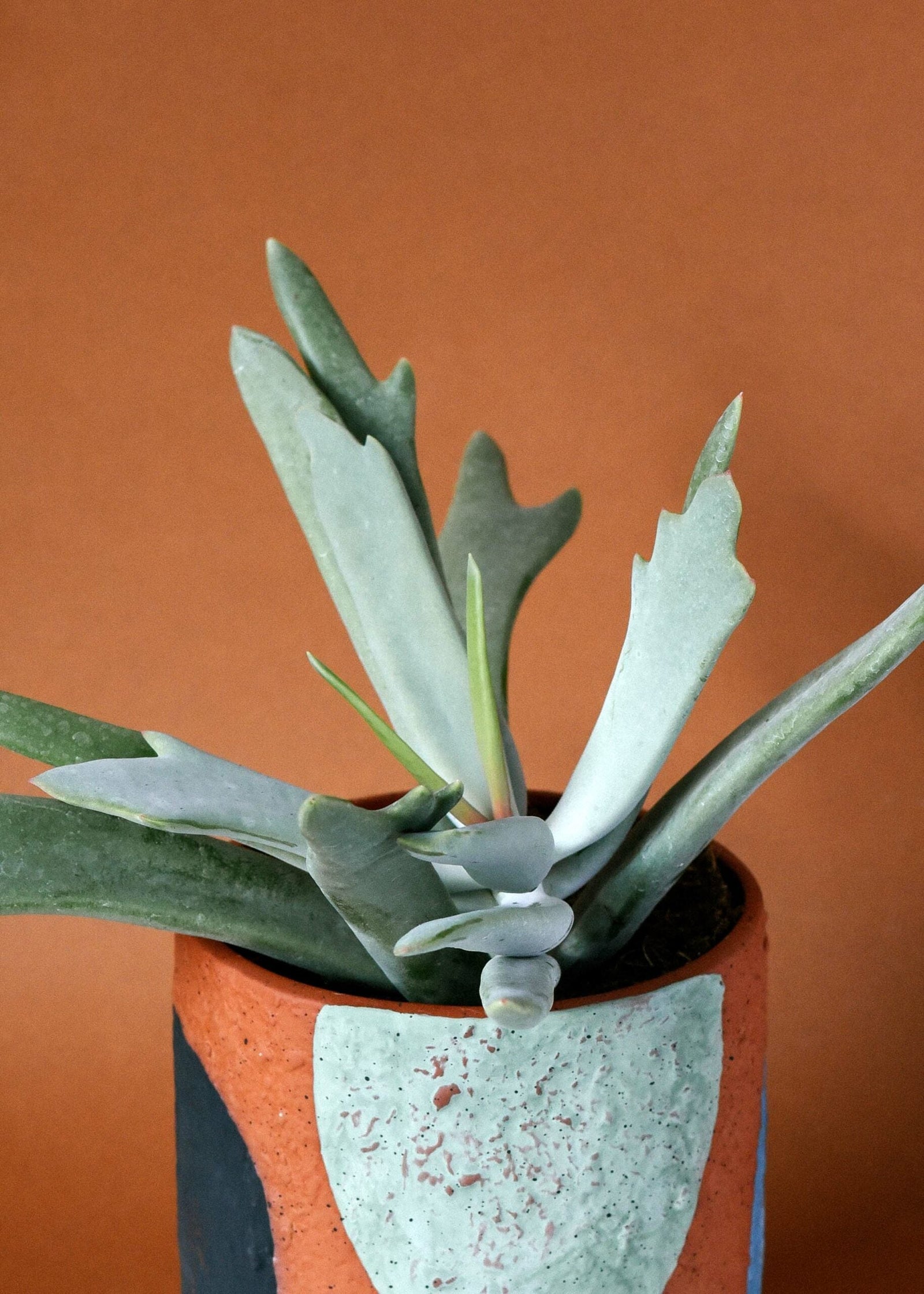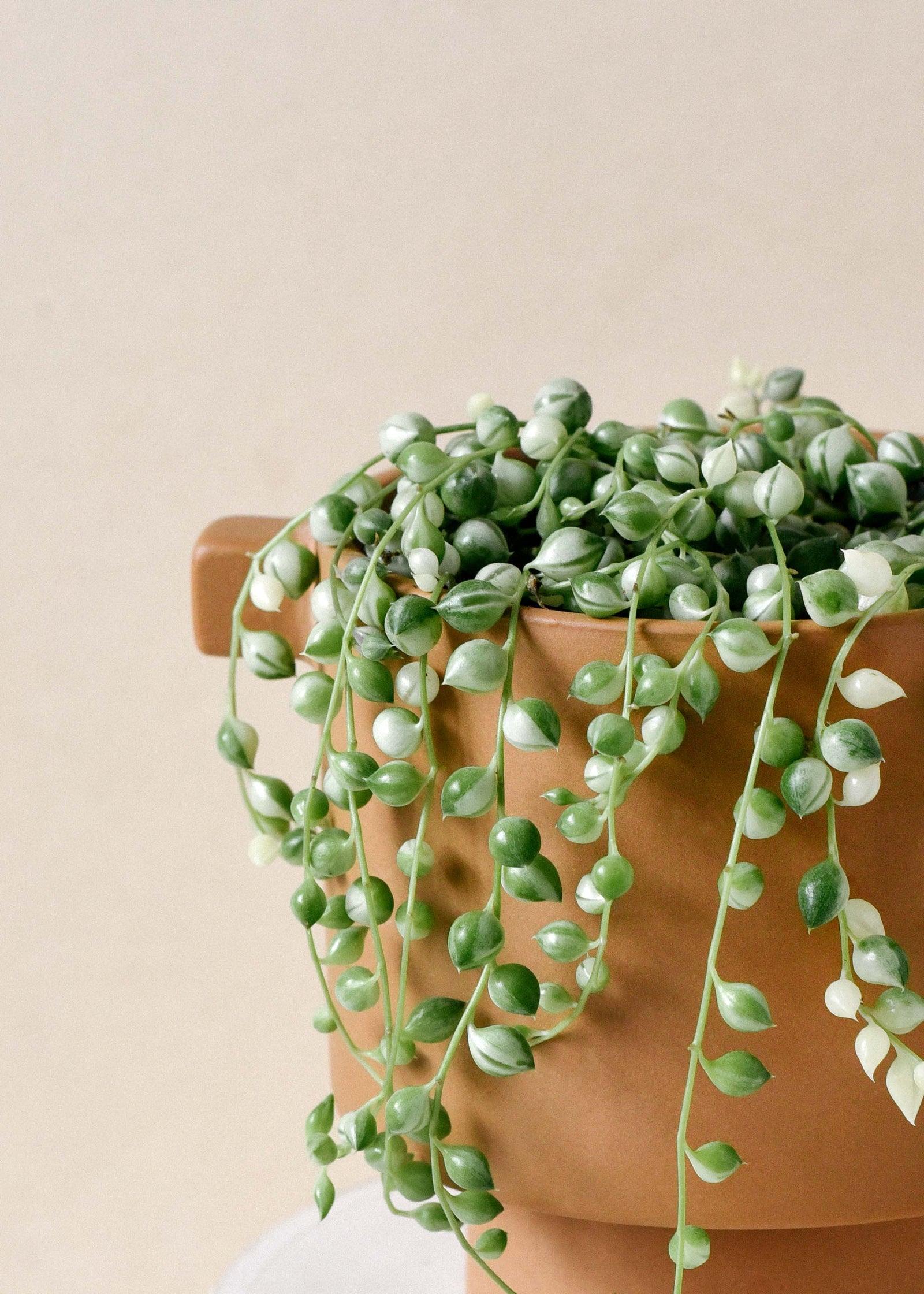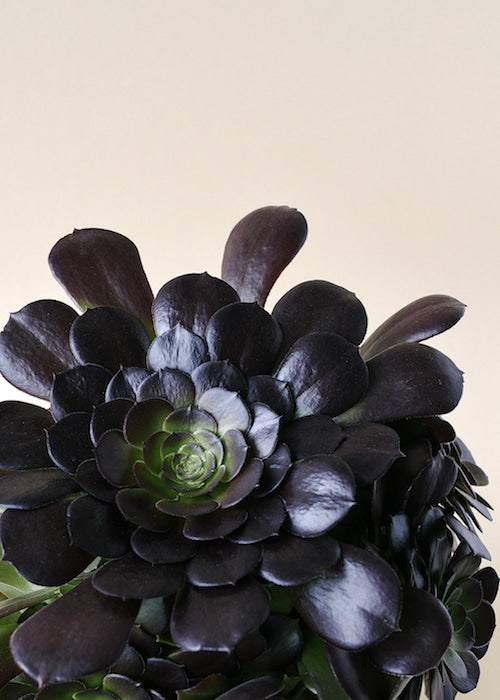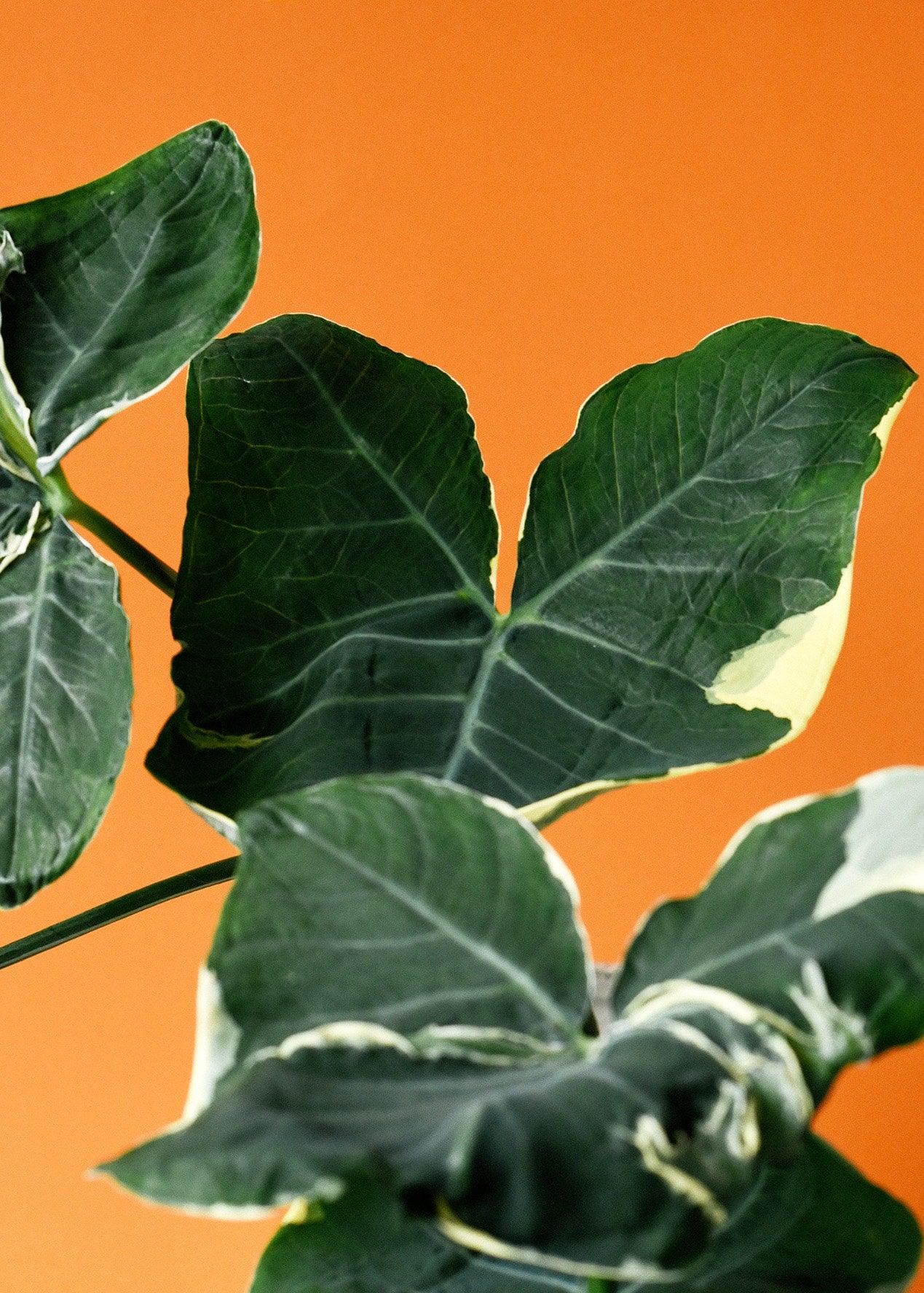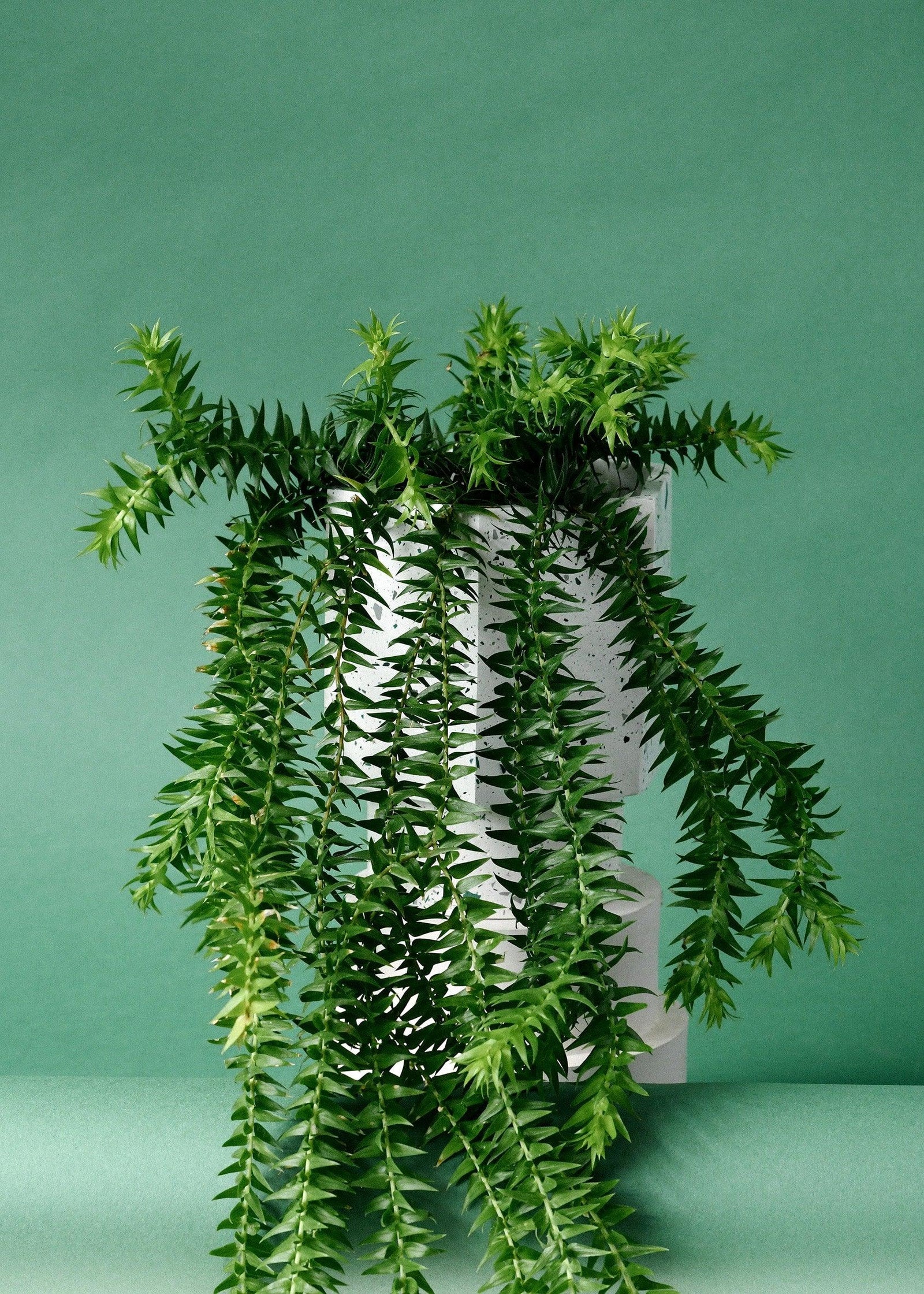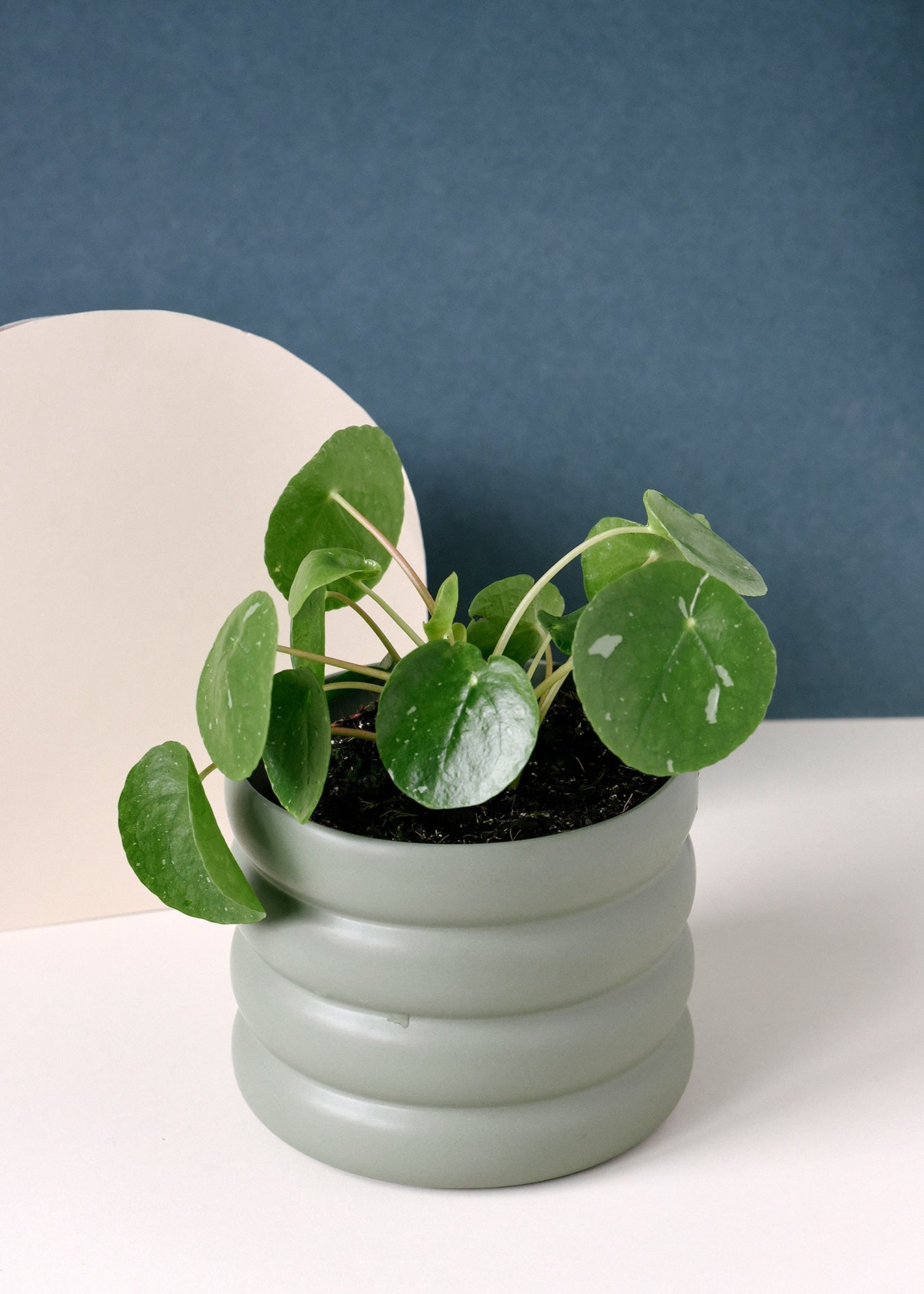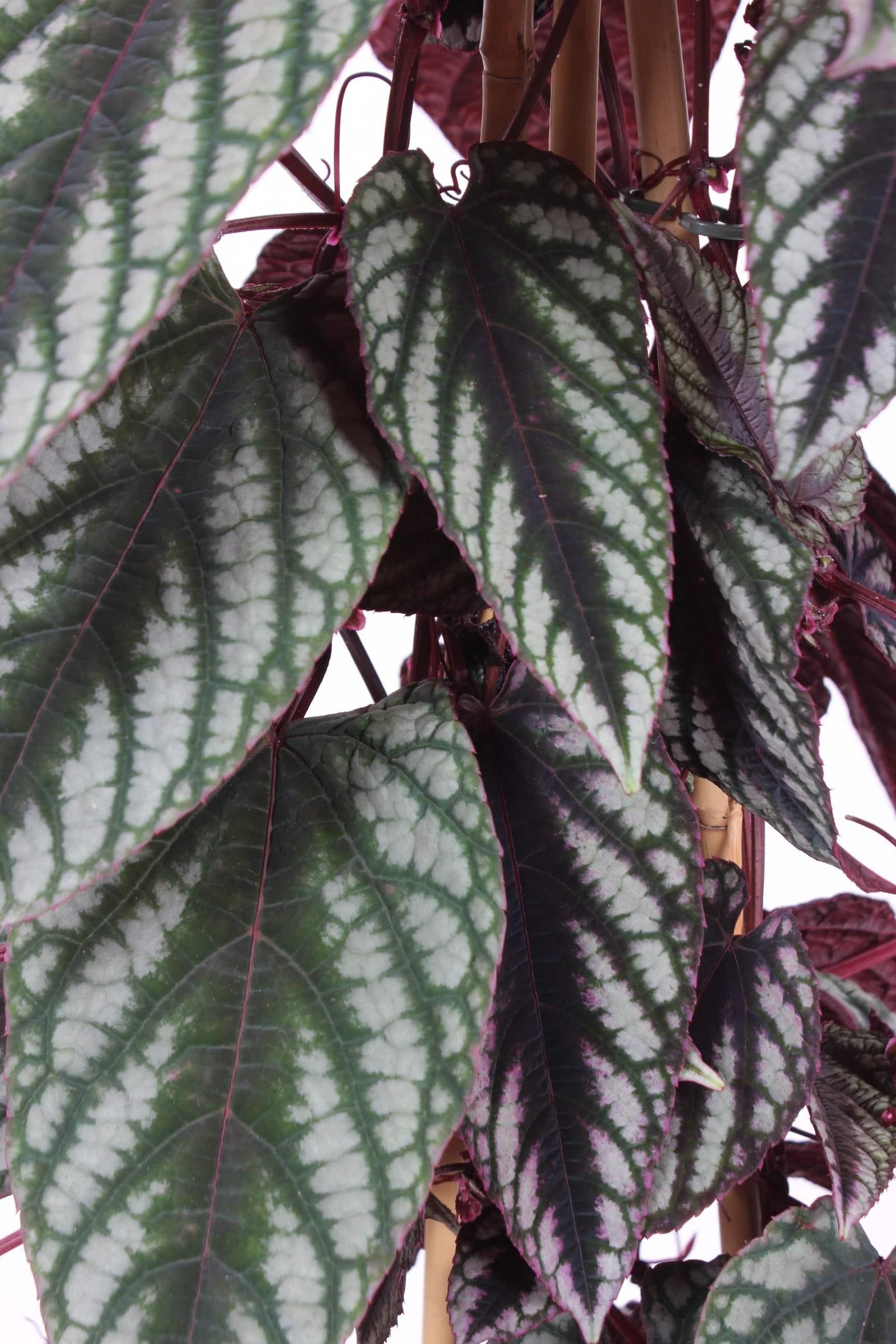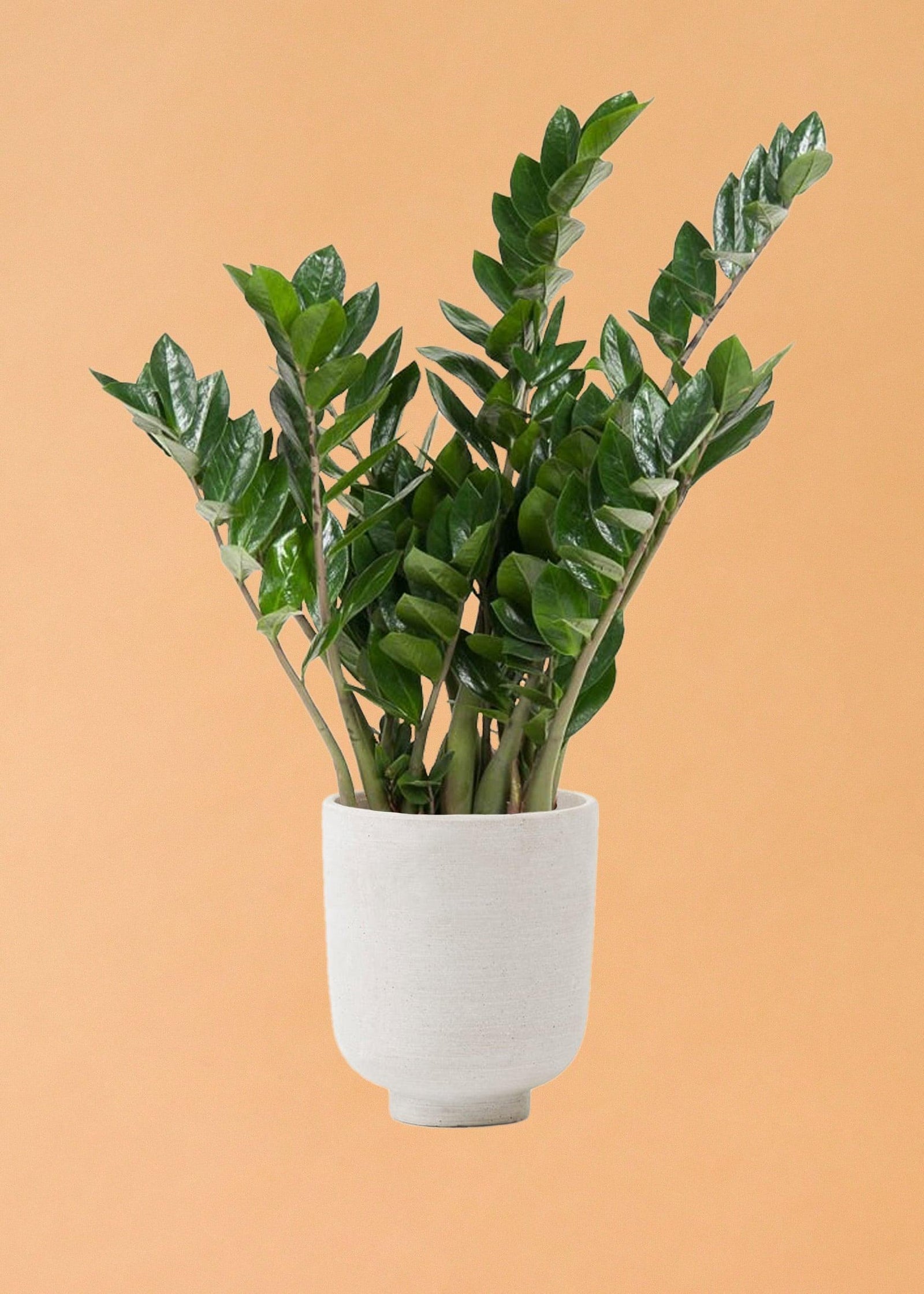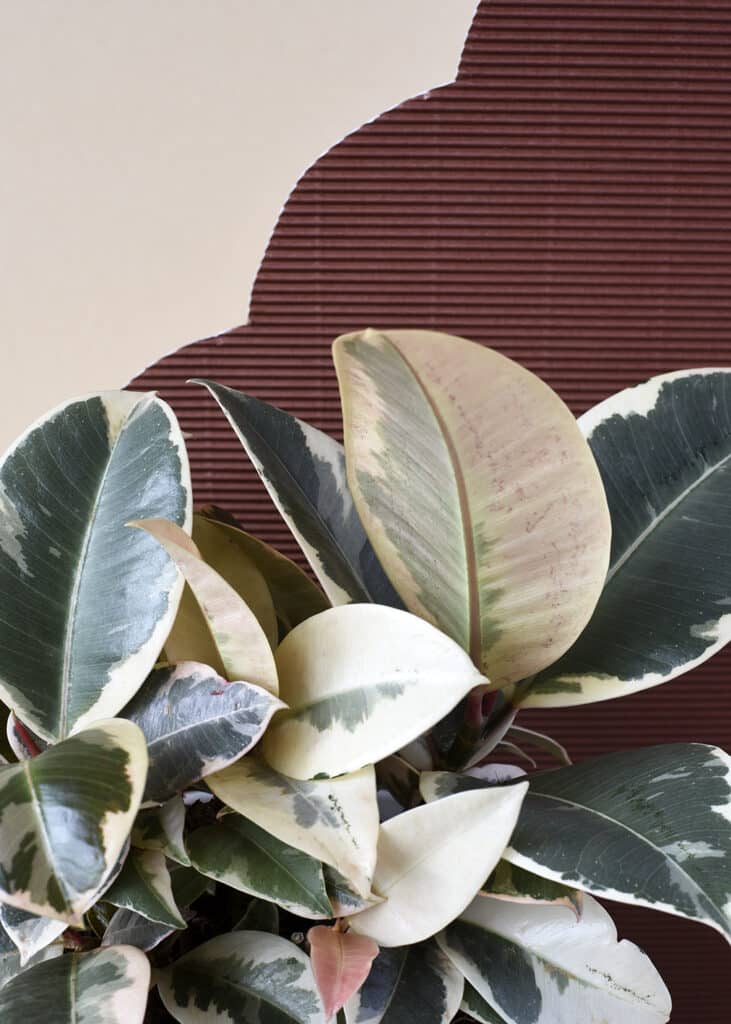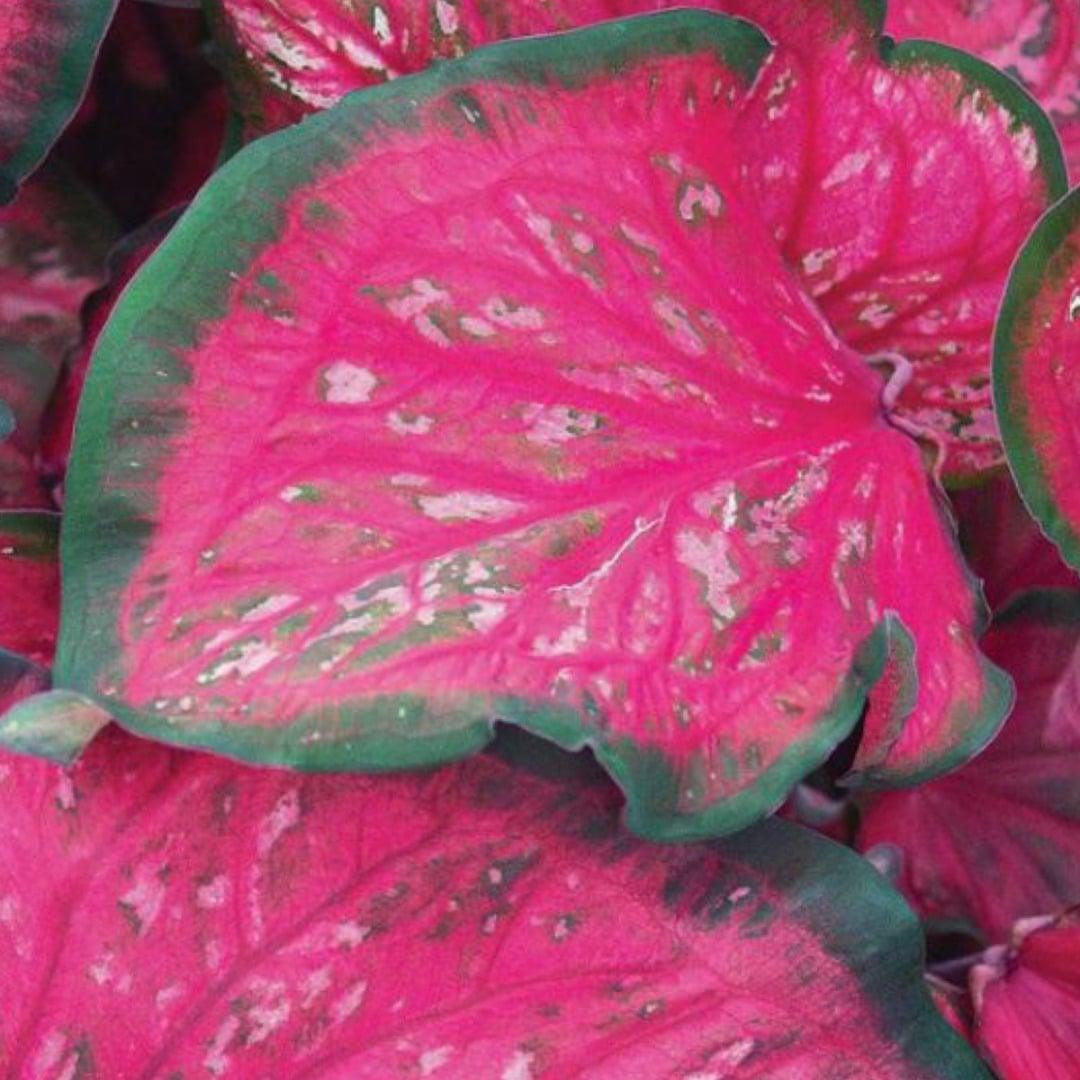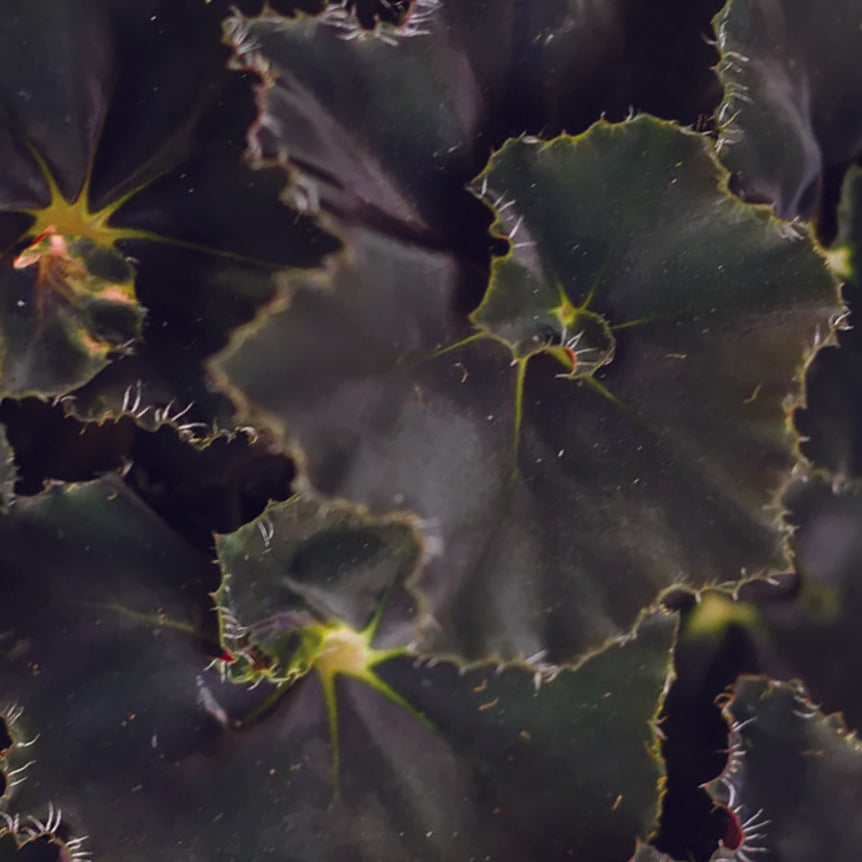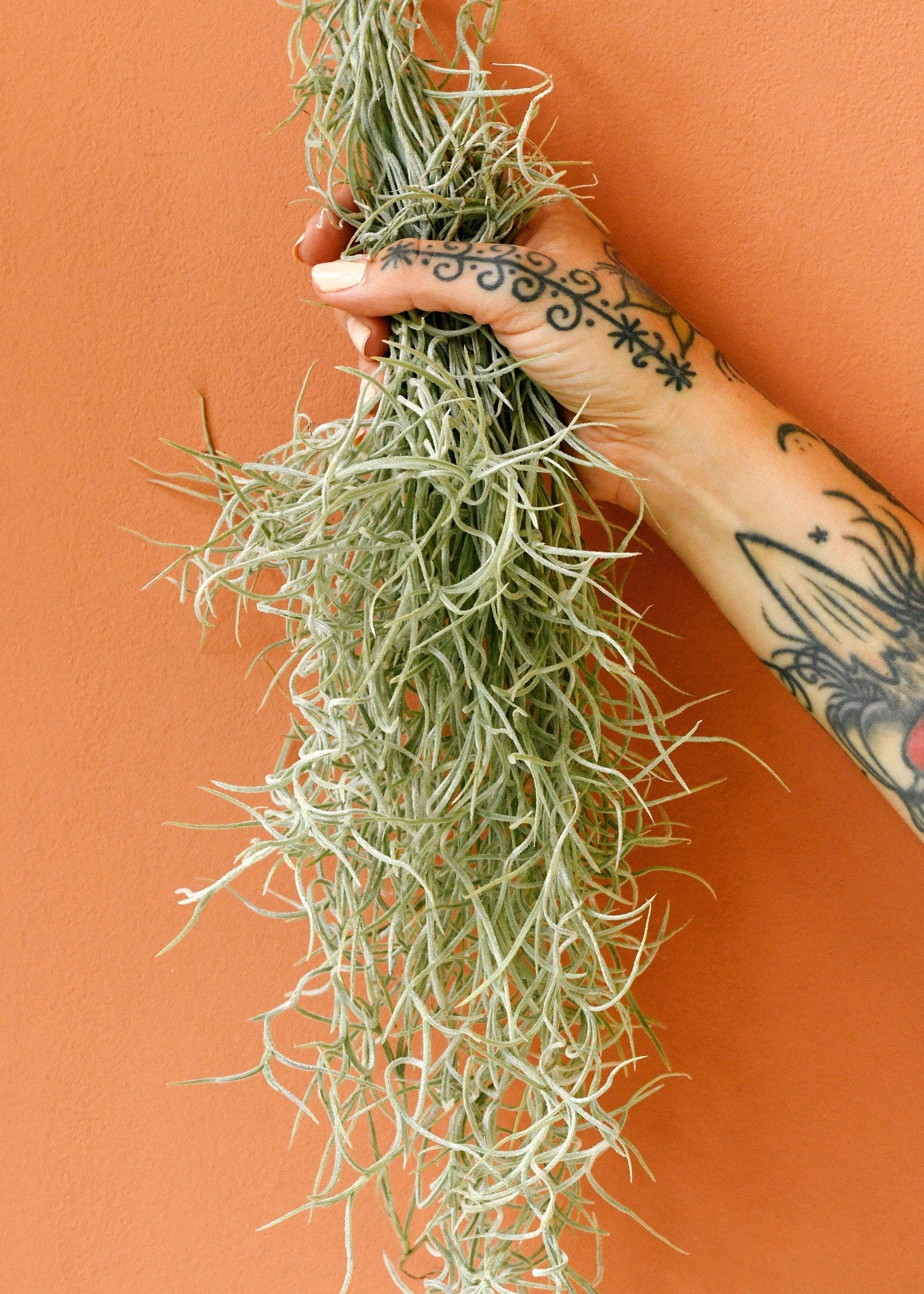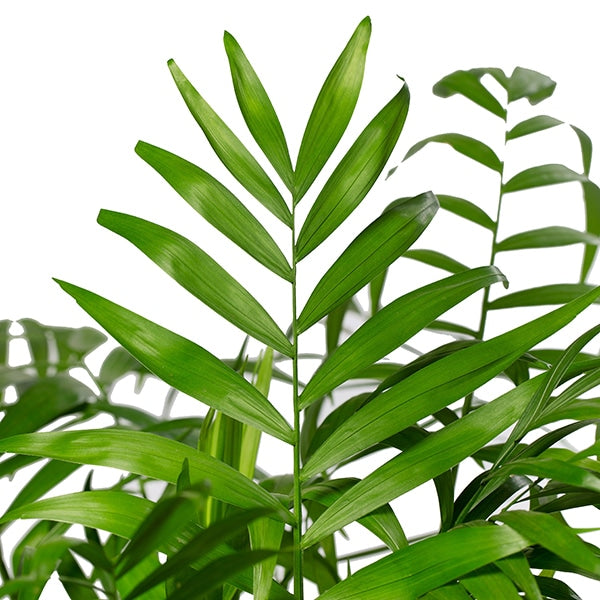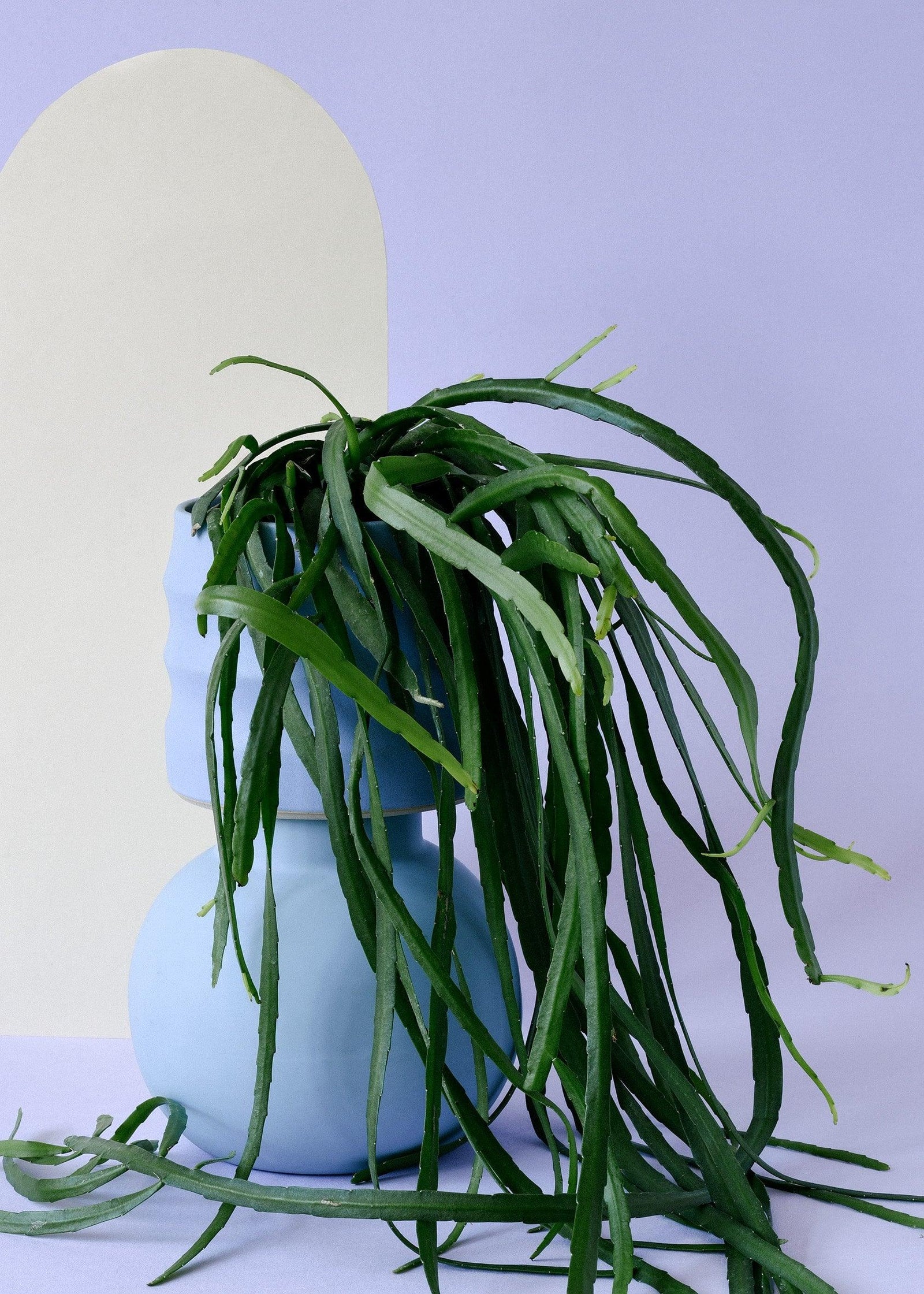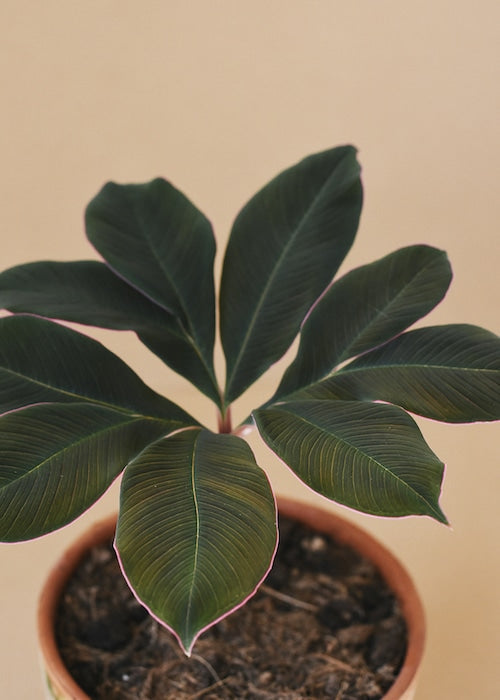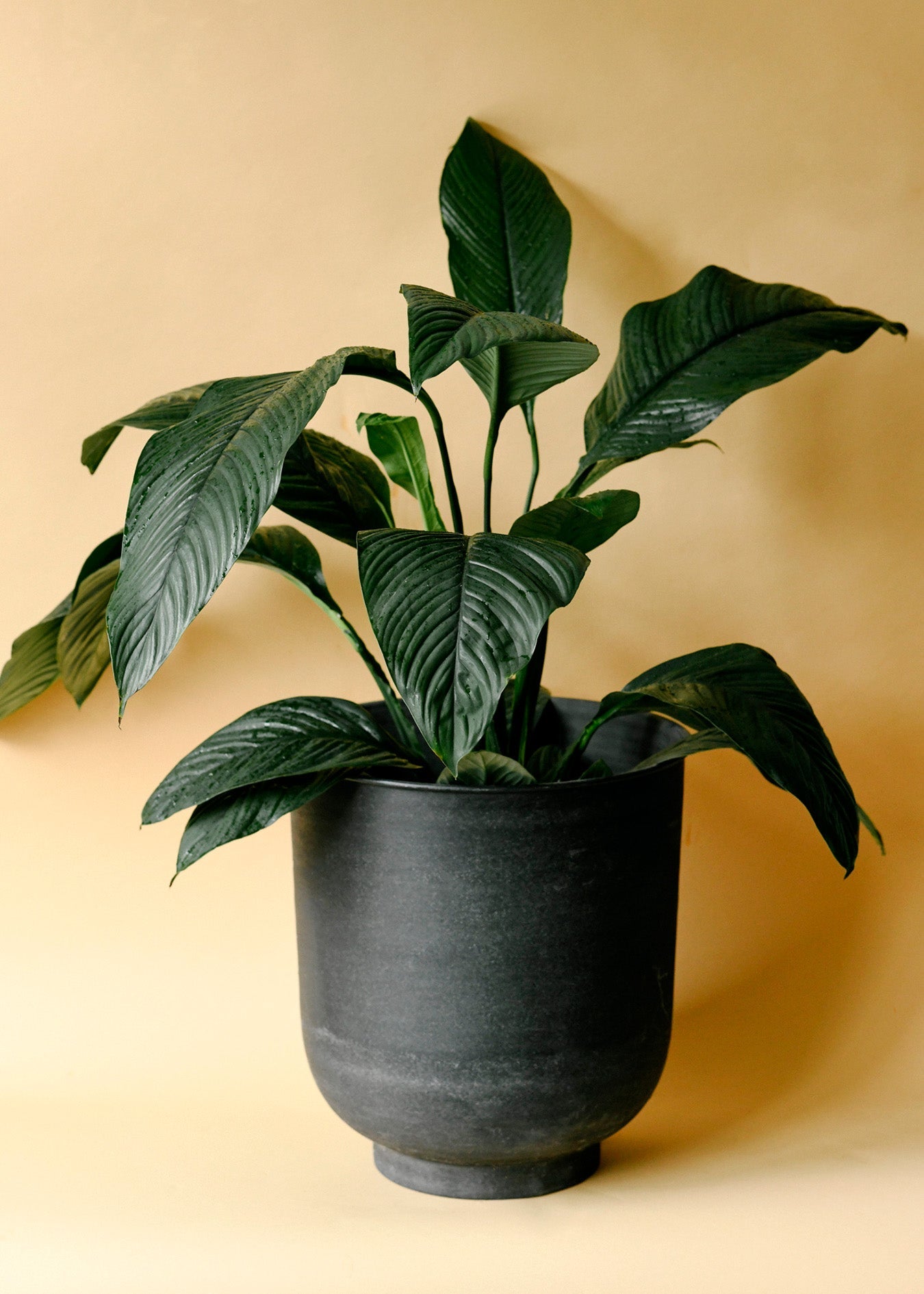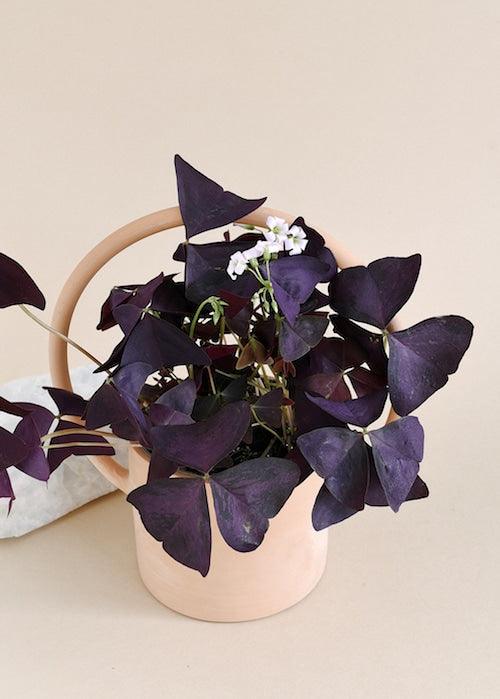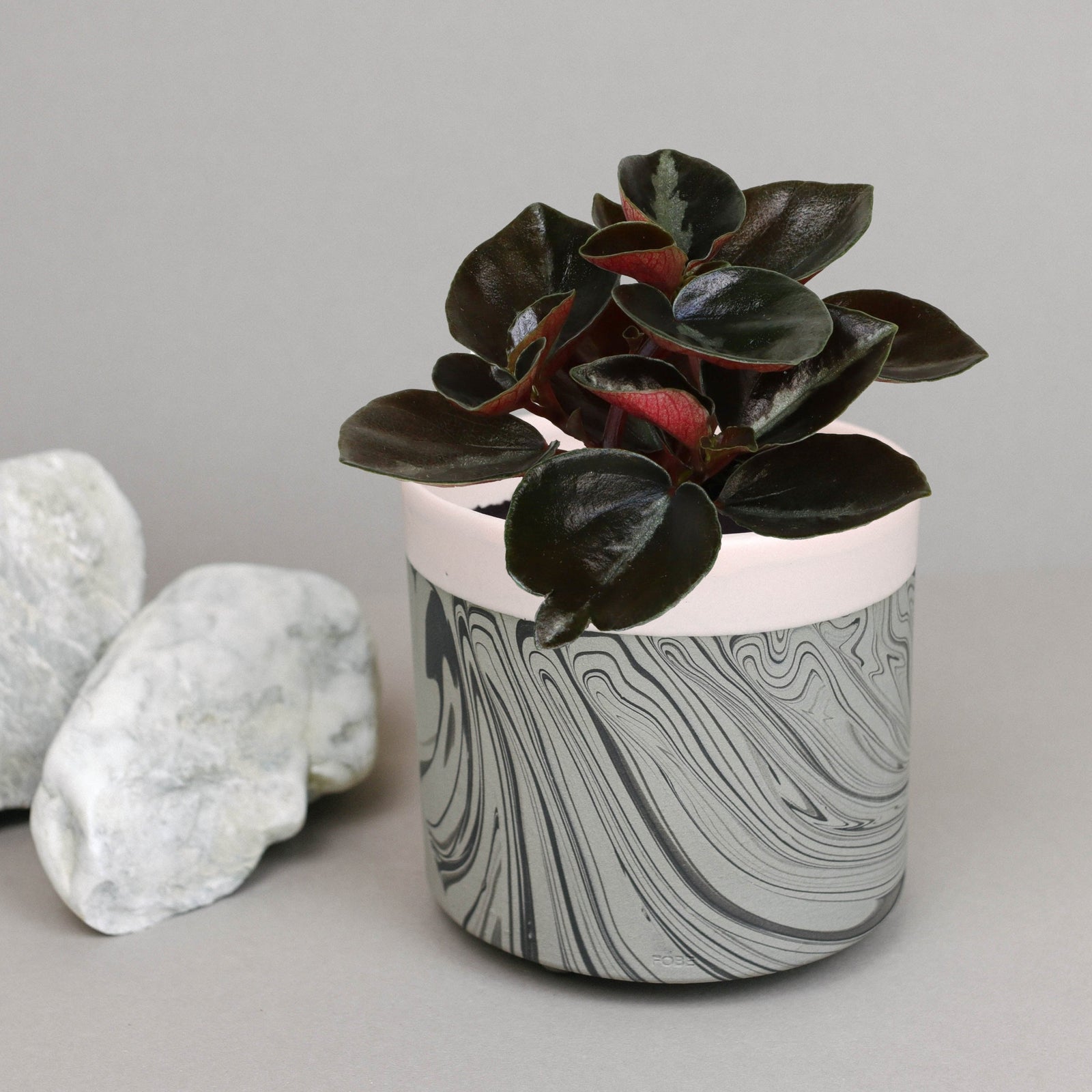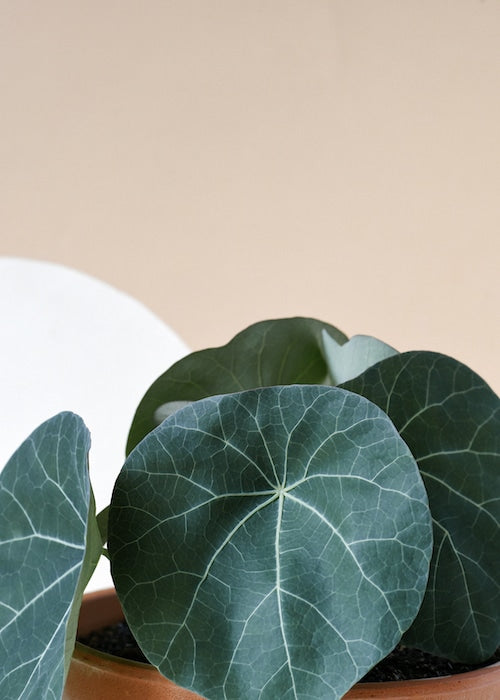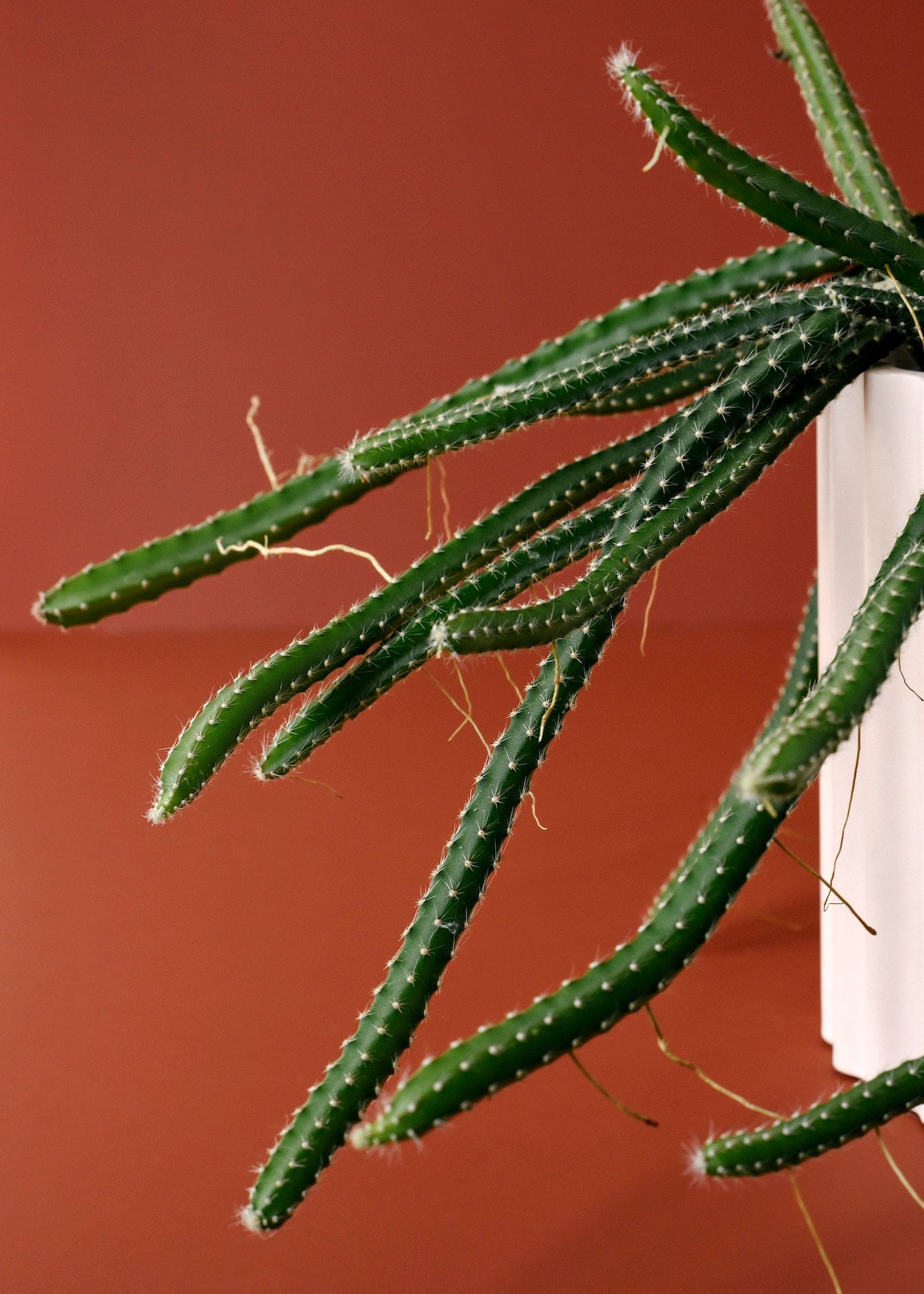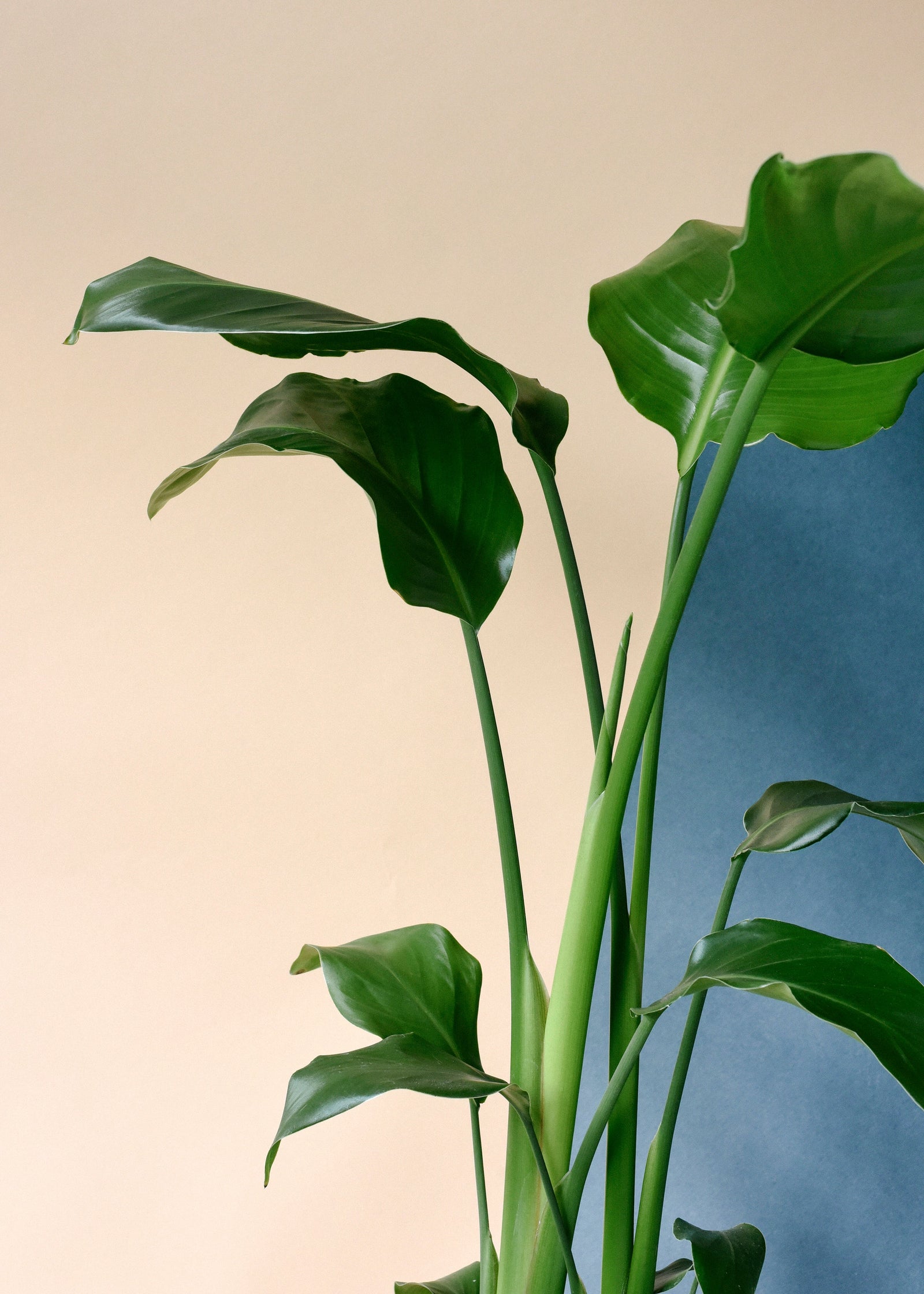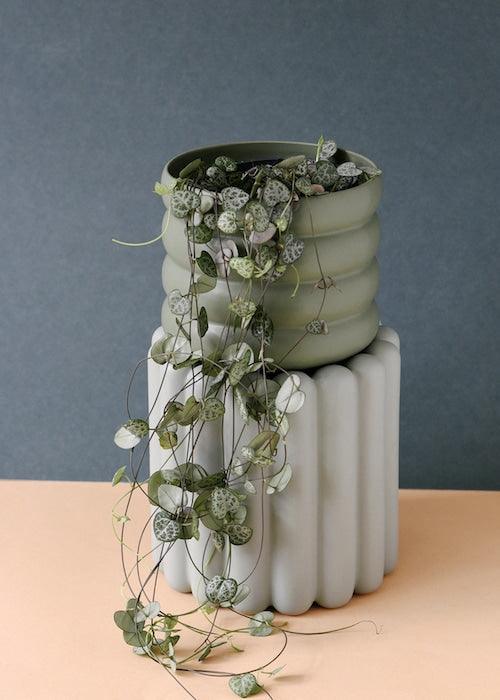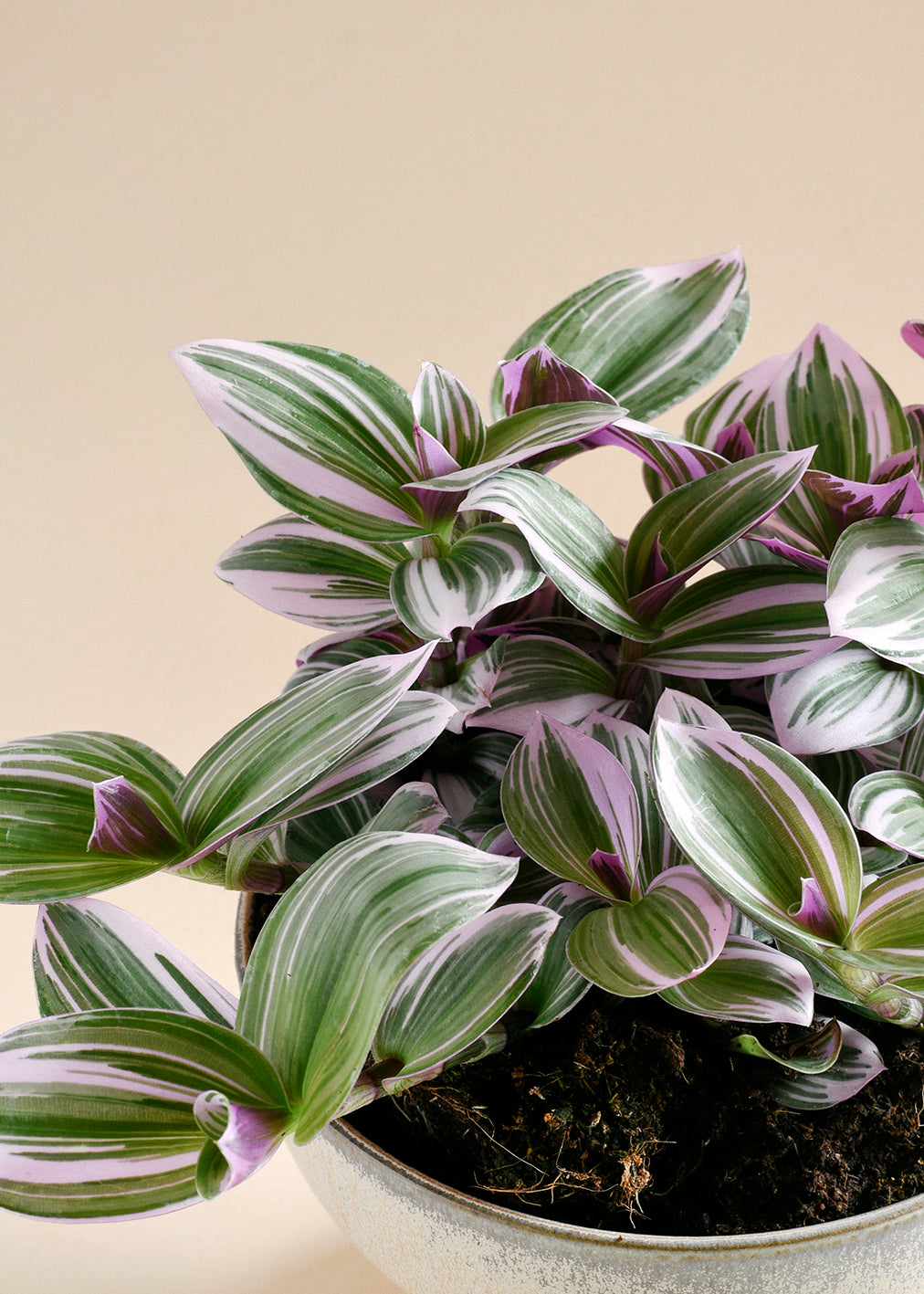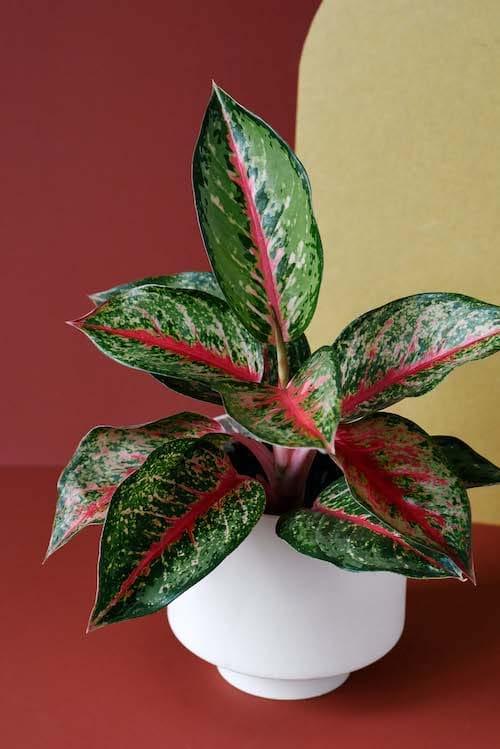Welcome to your ultimate guide on caring for the Adenanthos, a unique and stunning plant that thrives with minimal care. Perfect for gardeners who appreciate beauty without the high maintenance, Adenanthos can brighten any outdoor space. Let's explore how to best care for this resilient plant.
Care Summary
| Light | Full sunlight to light shade |
|---|---|
| Watering | Minimal, drought-tolerant |
| Humidity | Low |
| Soil | Well-drained potting mix |
| Pruning | Occasional, to maintain shape |
| Toxicity | Non-toxic (may cause stomach upset if ingested in large quantities) |
Lighting Tips
Adenanthos performs best in full sunlight, but it is also quite adaptable to areas with light shade. This flexibility makes it suitable for various garden locations. For optimal growth, aim for at least 6 hours of direct sunlight daily.
Watering Advice
As a drought-tolerant plant, Adenanthos requires minimal watering. During the growing season, water the plant only when the soil feels dry to the touch. Reduce watering in the winter months to prevent overwatering and root rot.
Soil Requirements
The ideal soil for Adenanthos is a well-drained potting mix that prevents water logging. Incorporating sand or perlite can improve drainage and create the perfect environment for root health.
Pruning Practices
Prune your Adenanthos occasionally to maintain its shape and remove any dead or damaged branches. This will not only keep your plant looking tidy but also encourage healthier growth.
Humidity and Temperature
Adenanthos prefers low humidity environments, typical of its native habitat. It is quite tolerant of temperature variations, although it should be protected from frost to prevent damage.
Toxicity Information
Adenanthos is non-toxic and safe around pets and children. However, ingestion in large quantities may cause mild stomach upset. It's always a good idea to discourage pets from chewing on any houseplants.
Why We Love It
We love Adenanthos for its striking appearance and easy care nature. This plant is a fantastic choice for both seasoned gardeners and beginners due to its adaptability and minimal care requirements. Its non-toxic nature makes it a safe and attractive addition to any garden.



